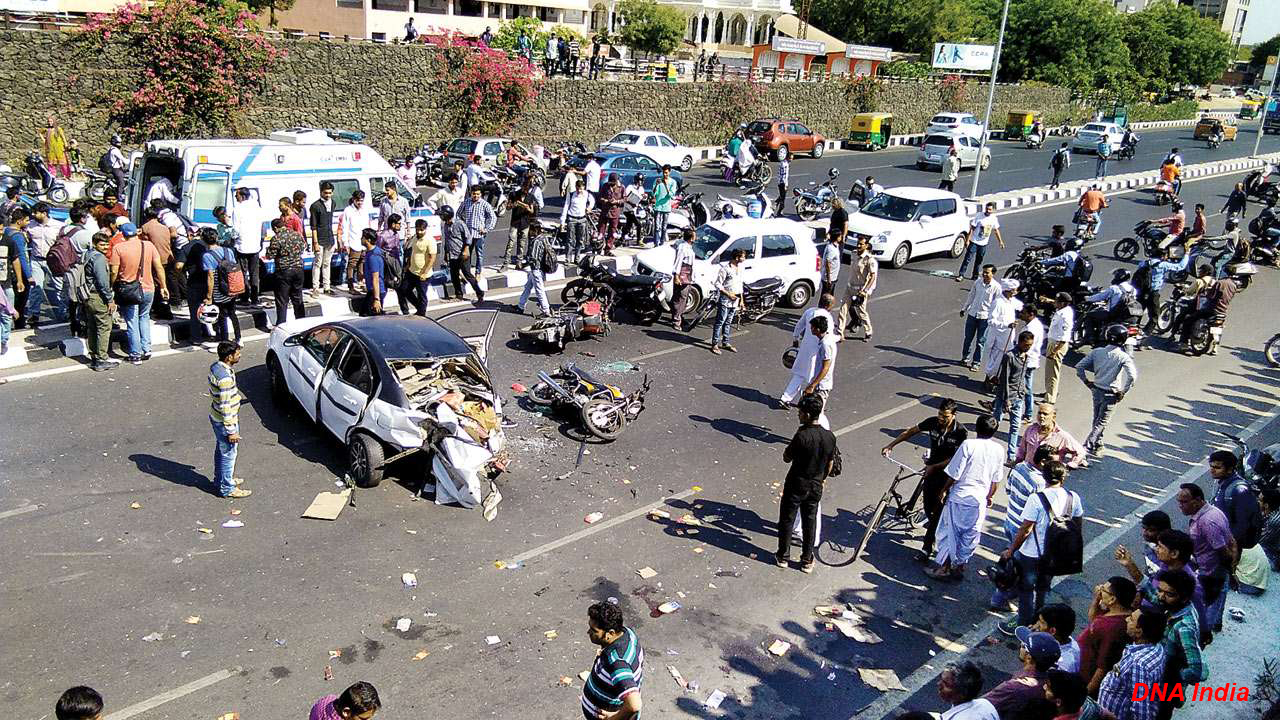The India State-Level Disease Burden Initiative came out with the first comprehensive population estimates of road injury deaths. The findings, published In the Lancet Public Health records that the road-injury was the leading cause of the death in India at the age bracket from 15-year-old to 39-year-old in 2017 for the both sexes combined.
If the road-injury maintains the trend of 2017 readings, then it deciphers that none of the States is likely to meet the target of SDG 2020 target of reducing the road injury deaths by half from 2015 to 2020 or even by 2030.
The readings drew sharp reactions from Prof Balram Bhargav, Secretary to the Government of India, Department of Health Research, Ministry of Health & Family Welfare, and Director General, ICMR. “The number of deaths due to road injury in India is quite high. This research paper focuses on providing reliable and comprehensive data in the Indian context to inform and monitor progress to reduce the burden of road injury deaths. Comprehensive findings on road injuries from this study will not only facilitate effective road safety management but would also aid in building effective road injury prevention policies, evidence-based interventions and increase surveillance of road injuries at the state-level after diagnosing and analysing the causes of injuries,” said Prof. Bhargav.
Lead author of the study Prof Rakhi Dandona from Public Health Foundation of India gives a rare insight and said India had 2.2 lakh deaths due to road injuries in 2017. Rapid urbanisation and economic growth in India have led to substantial increases in vehicle density and traffic mix but the infrastructure and levels of traffic law enforcement are struggling to keep pace with it, resulting in increased number of road injury deaths. “Road injury needs multi-sectorial action across three levels—to prevent crashes from occurring, to prevent injury if a crash occurs, and then to prevent death or disability among those injured. For this to happen, we need to move from the fatalistic attitude conveyed by ‘accident’ to prevent this needless loss of lives. Road safety for pedestrians, motorcyclists, and cyclists needs to be prioritised to ensure that the youth of our country do not face untimely death,” she adds.
Dr Hendrik J Bekedam, WHO Representative to India, who was part of the research preferred rather discussing the solution and said the passage of the Motor Vehicles (Amendment) Act, 2019 is a landmark step by the Government of India that recognizes the significance of the matter and the urgency to act. Implementation is the key to ensure that people are safe on roads. “Awareness campaigns to change road user behaviour combined with effective reinforcement and further analysis of key risk factors to inform policy and action will be crucial to improve road safety in India,” he said.
Prof K Srinath Reddy, President, Public Health Foundation of India substantiates Dr Hendrik J Bekedam and said, “ “Road traffic injuries are an entirely man made epidemic which should be eliminated through a mix of good public administration for providing better roads with good lighting, strong laws and regulations with strict enforcement and penalties for violations, public education on safe practices and sane civic conduct. The fact that we are markedly off track for the 2020 target set by the SDGs sounds the siren for accelerating actions to improve road safety and putting the brakes on the deadly and disabling dangers that befall pedestrians, cyclists, motorcyclists and automobile occupants.”
India’s public health community cannot ignore these high death rates among cyclists and motorcyclists. Health policy makers, transportation officials, and other key stakeholders must work collaboratively to address this problem, feels Prof Christopher J L Murray.

 The India State-Level Disease Burden Initiative came out with the first comprehensive population estimates of road injury deaths.
The India State-Level Disease Burden Initiative came out with the first comprehensive population estimates of road injury deaths. 




.jpg)






.png)
.png)
.jpg)





.jpeg)



.jpg)









.jpeg)

.jpg)


